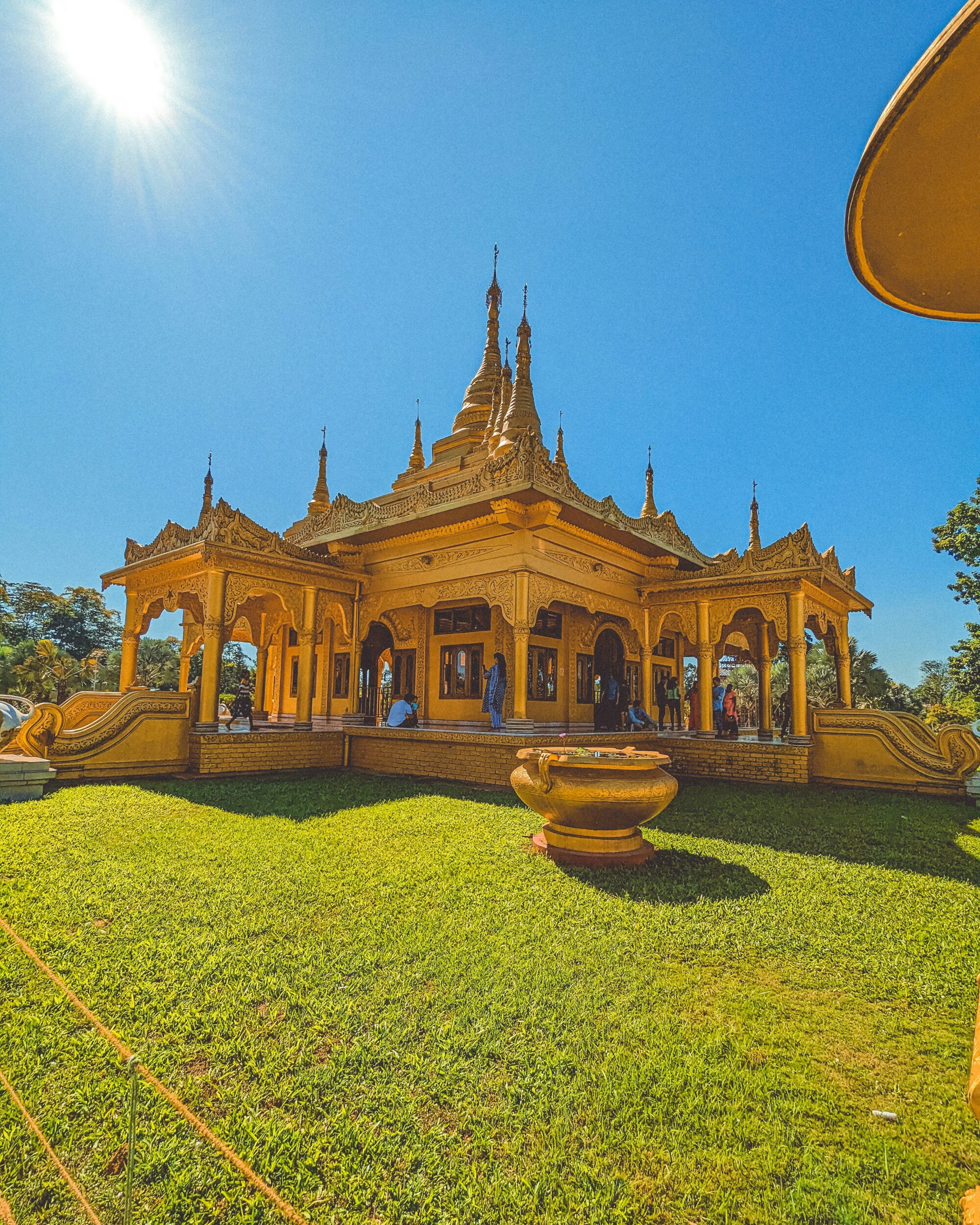The northeastern region of India is often perceived as a distant, enigmatic corner of the country, shrouded in a veil of mystery and isolation. However, a deeper exploration of the region’s rich cultural heritage reveals a tapestry of mythological connections that bind it to the very heart of ancient Bharat. As we delve into these forgotten roots, we uncover a captivating narrative that challenges the conventional understanding of India’s shared history and identity.
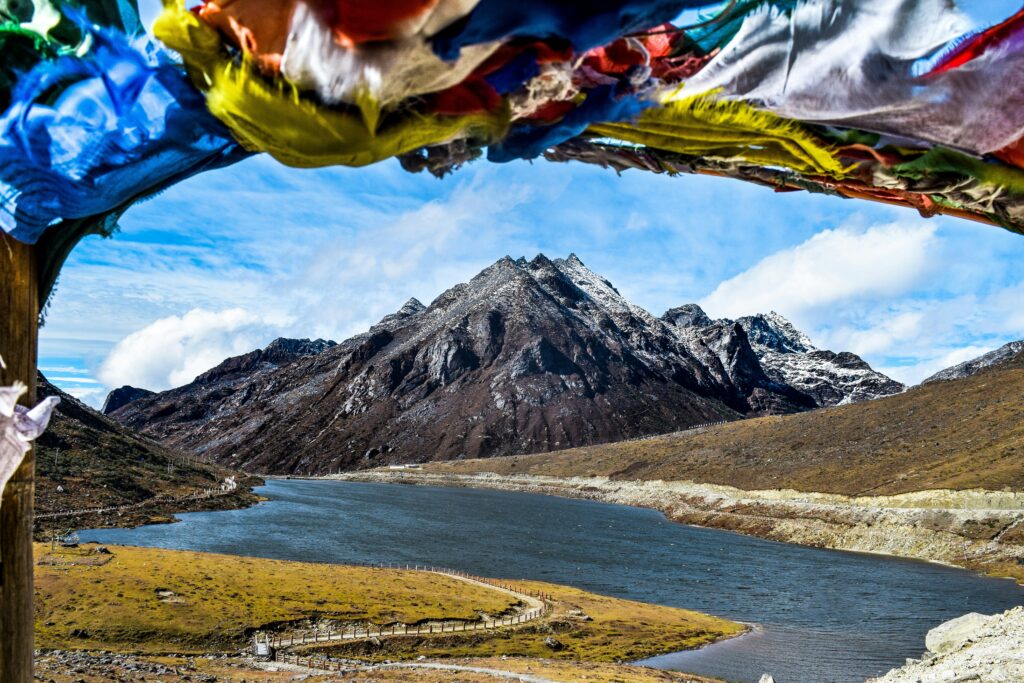
Mythological Narratives: Echoes of the Divine
- The myths and legends of Northeast India are a testament to the region’s deep spiritual resonance with the rest of the subcontinent. Take, for instance, the captivating tale of the mother who birthed Tiger, God, and Man in the hills of Nagaland. This mythical narrative, recorded in the ancient texts of the Naga people, echoes the universal themes of creation, divinity, and the interconnectedness of all life that are central to Hindu cosmology. Echoing the words of renowned historian Ramchandra Guha, “The Northeast is not a peripheral region, but an integral part of the Indian civilization, with its own unique cultural and ecological contributions.” This sentiment is further reinforced by the Act East report, which highlights the shared cultural heritage between India and Southeast Asia, underscoring the longstanding interactions and exchanges that have shaped the region’s identity.
Historical and Archaeological Evidence: Unearthing the Past
- The mythological connections between Northeast India and ancient Bharat are not merely the stuff of legend; they are also supported by a wealth of historical and archaeological evidence. Renowned historian Madhav Gadgil, in his seminal work “People of India,” emphasizes the ecological and cultural equity that has long existed in the Northeast, challenging the notion of the region as a peripheral outpost. Delving deeper into the region’s past, we find numerous references to the Northeast in ancient Sanskrit texts. The Mahabharata, for instance, mentions the sacred Kamakhya temple in Assam, while the Puranas speak of the mystical Brahmaputra River and the verdant forests that have long captivated the imagination of India’s spiritual and literary traditions.
Religious Tourism Potential: Unlocking the Mystical Allure

The mythological and historical connections between Northeast India and ancient Bharat hold immense potential for religious tourism, offering visitors a unique opportunity to immerse themselves in the region’s rich spiritual heritage. As the government continues to invest in initiatives to promote the Northeast’s cultural assets, the area is poised to emerge as a premier destination for those seeking to explore the mystical roots of Indian civilization. From the majestic golden pagoda in Arunachal Pradesh, the sacred Kamakhya temple in Assam, where the divine feminine is celebrated in all her power and glory, to the ancient rock carvings and cave paintings that dot the region’s landscape, the Northeast is a veritable treasure trove of religious, architectural and archaeological wonders. By highlighting these hidden gems and fostering a deeper understanding of their significance, we can unlock the region’s true potential as a hub for spiritual exploration and cultural exchange.
Few of the major North East India’s ASI Places Associated with Indic Civilization
Kamakhya Temple, Assam: This temple is one of the 51 Shakti Peethas in Hindu mythology and is located in Guwahati, Assam. It is believed to be the spot where Goddess Sati’s yoni fell during Lord Shiva’s tandava. The temple is famous for the Ambubachi Mela, a festival that celebrates the goddess’s menstruation, symbolizing fertility and the sanctity of life. (Age: Over 1,000 years old, Visitors: Over 1 million per year, Location: Guwahati, Assam, Distance from nearest airport: 20 km, Distance from nearest railway station: 5 km)
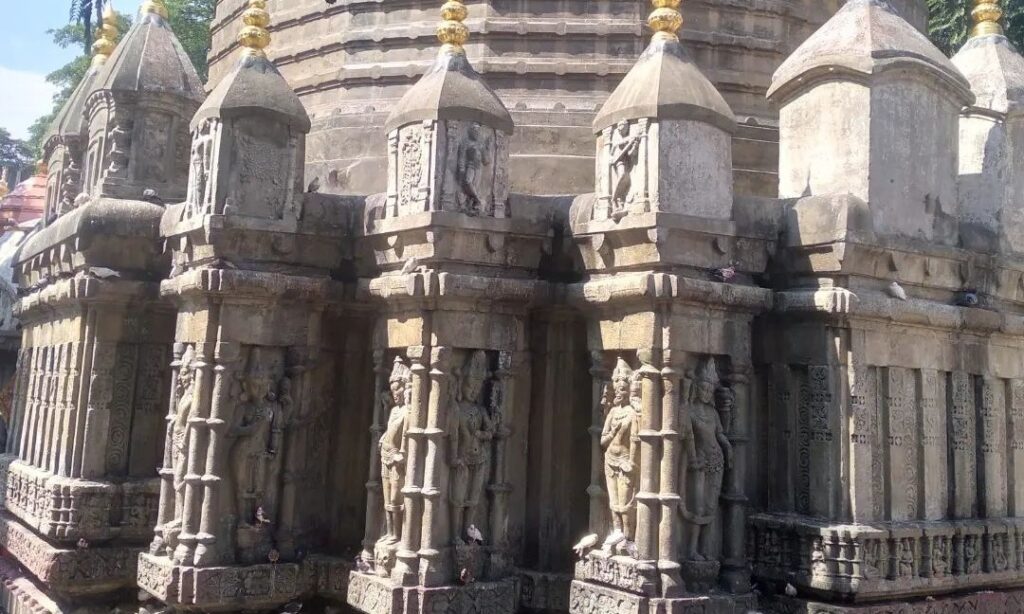
Tawang Monastery, Arunachal Pradesh: This monastery is located in Tawang, Arunachal Pradesh, and is one of the largest Buddhist monasteries in the world. It is believed to have been built in the 17th century and is home to over 500 monks. (Age: Over 300 years old, Visitors: Over 50,000 per year, Location: Tawang, Arunachal Pradesh, Distance from nearest airport: 10 km, Distance from nearest railway station: 20 km)
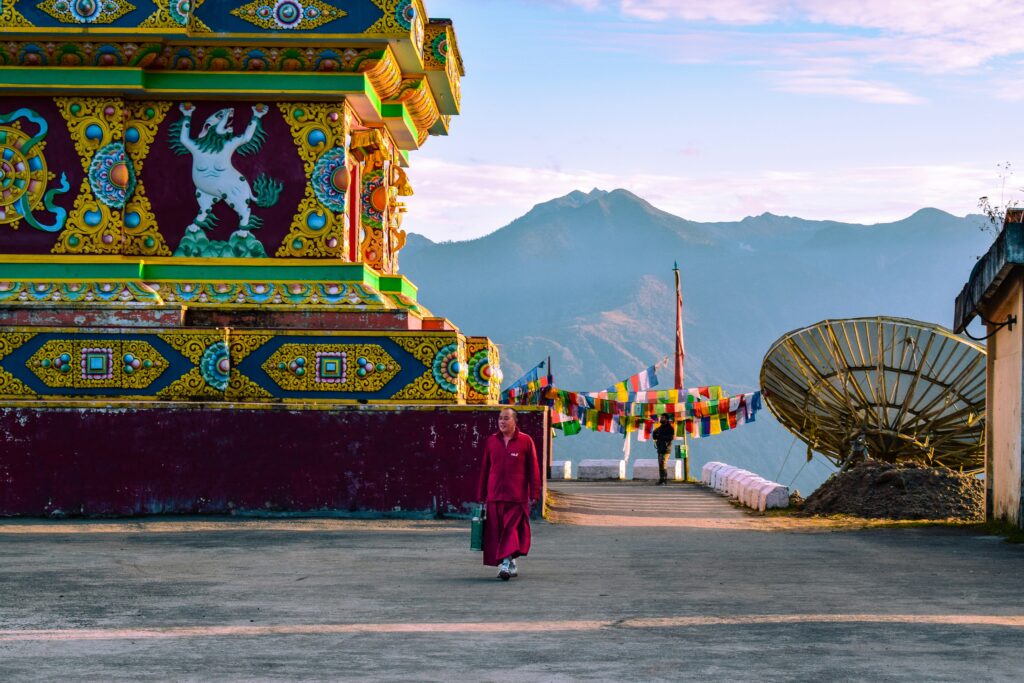
Unakoti, Tripura: This rock carving site is located in Unakoti, Tripura, and is believed to have been created in the 7th and 9th centuries. It is famous for its grand rock carvings and ancient stone sculptures that depict Hindu gods and goddesses. (Age: Over 1,000 years old, Visitors: Over 10,000 per year, Location: Unakoti, Tripura, Distance from nearest airport: 100 km, Distance from nearest railway station: 50 km)
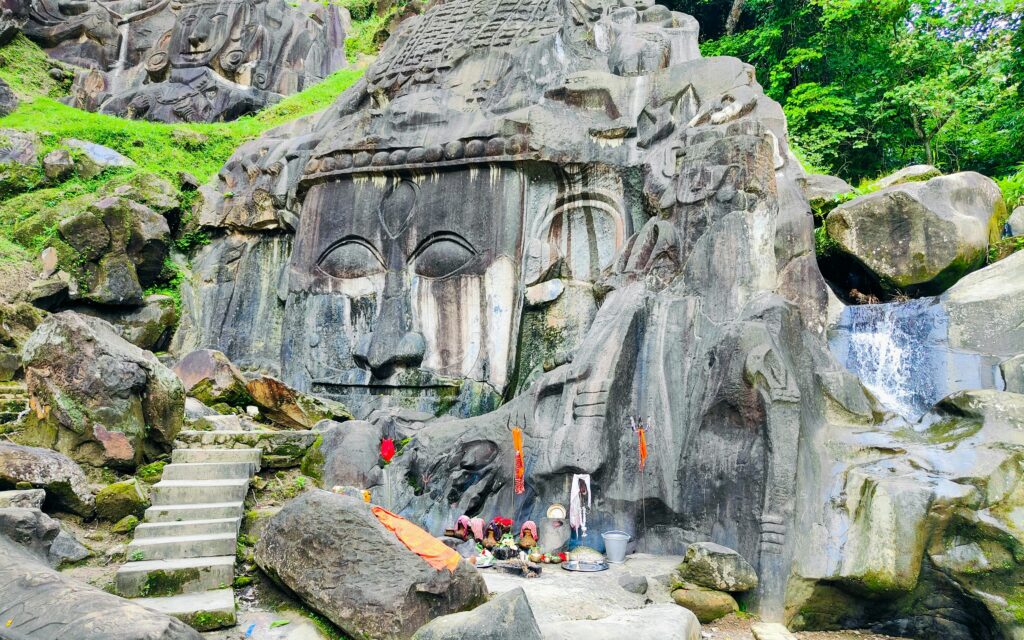
Parashuram Kund, Arunachal Pradesh: This holy shrine is located in Parashuram Kund, Arunachal Pradesh, and is believed to be the spot where Lord Parashuram performed his penance. It is famous for its natural beauty and is a popular pilgrimage site. (Age: Over 1,000 years old, Visitors: Over 10,000 per year, Location: Parashuram Kund, Arunachal Pradesh, Distance from nearest airport: 20 km, Distance from nearest railway station: 10 km)
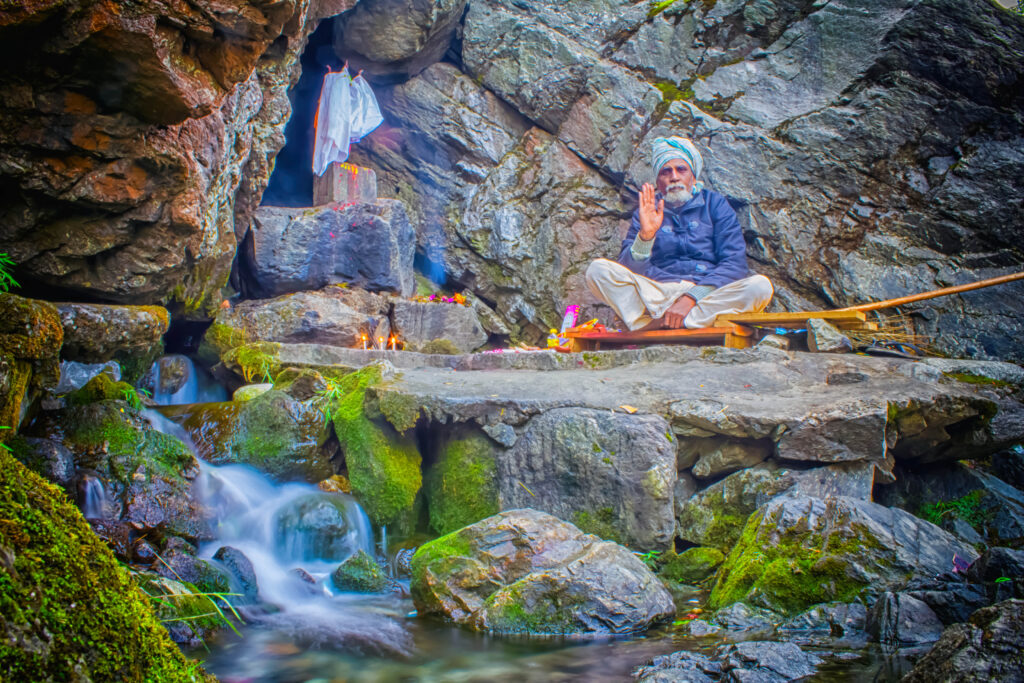
Sri Surya Pahar, Assam: This archaeological site is located in Sri Surya Pahar, Assam, and is believed to have been created in the 7th and 9th centuries. It is famous for its rock carvings and ancient stone sculptures that depict Hindu gods and goddesses. (Age: Over 1,000 years old, Visitors: Over 5,000 per year, Location: Sri Surya Pahar, Assam, Distance from nearest airport: 50 km, Distance from nearest railway station: 20 km)

Maa Tripureswari Temple, Tripura: This temple is located in Udaipur, Tripura, and is believed to have been created in the 16th century. It is famous for its beautiful architecture and is a popular pilgrimage site. (Age: Over 400 years old, Visitors: Over 10,000 per year, Location: Udaipur, Tripura, Distance from nearest airport: 20 km, Distance from nearest railway station: 10 km)
The list also includes ancient temples like Vasistha in Assam, Tamreshwari temple and Malinithan Temples in Arunachal Pradesh that dates back to 100s of years.
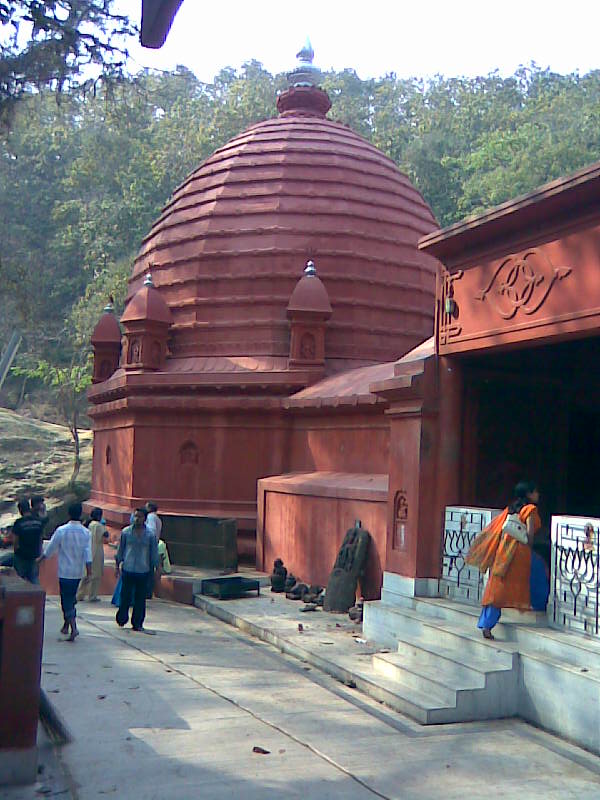
Preserving the Tapestry of Traditions
The Story of Sati: According to Hindu mythology, the God Shiva’s wife, Sati, got angry with her father for not inviting her husband to a religious function he was hosting. Furious at this disrespect, she immolates herself. When Shiva discovers that his wife was dead, he loses his mind and, with her corpse in his hands, starts a Tandava dance, leading to destruction everywhere. To control him, Vishnu severs the corpse and the places where Sati’s body parts fell are worshiped as Shakti Peeth. Nartiang in the Jaintia Hills of Meghalaya is one of these Shakti Peeth sites and it is said that Sati’s left thigh fell here, reflecting the region’s deep connection to Hindu mythology.

The tribal culture of Northeast India is deeply intertwined with the rich mythological narratives of Hinduism, reflecting the region’s unique cultural heritage. The historical ASI places and temples, such as the Kamakhya Temple, Ujjayanta Palace, and Semoma Fort, showcase the region’s architectural and cultural heritage. The local legends and mythological significance, such as the tale of God, Man, and Tiger, and the story of Sati, reflect the region’s deep connection to Hindu mythology. The region’s cultural and spiritual diversity is evident in the numerous festivals, food culture, and traditions that are unique to the region.

